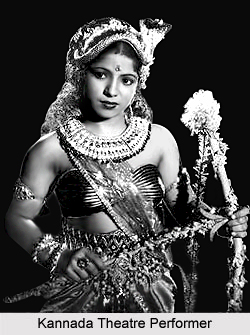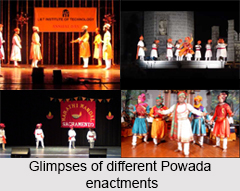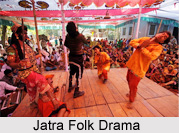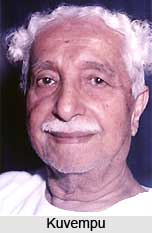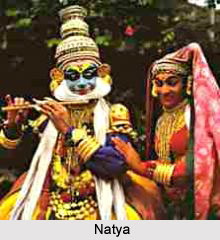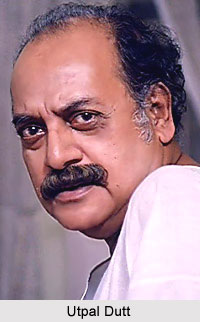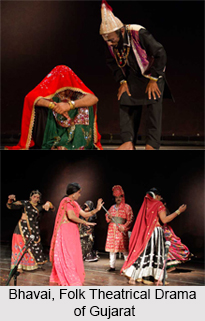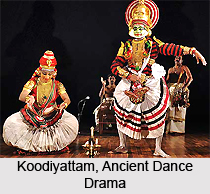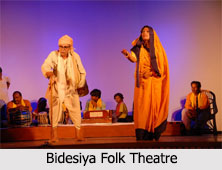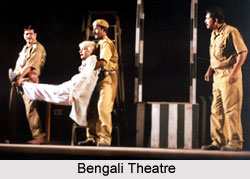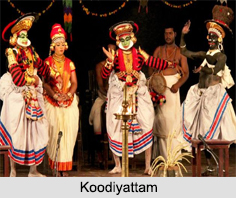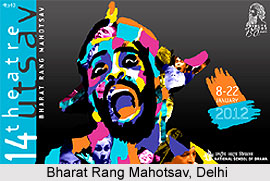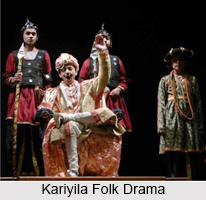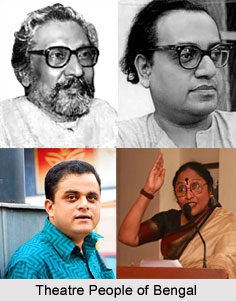Galihyun is a narrative verse glorifying the legendary heroic deeds and romances of rulers and chieftains. This is the oldest Sindhi theatrical form, its origin is traced to the Sumra period during the 1032-1352, and it developed further in the Samma period in 1352-1520. This theatre was under native kings who were great patrons of culture. The earlier Sumra Galihyun was in champu format, where prose`s narration was interspersed with Gahun. They were not composed in any particular metre; their main features were rhyming and rhythm which aided melody in singing. The subject matter in the Samma age gave place to the romances of common people rather than the heroic exploits of rulers. Till the fifteenth century, this period of Gahun was called the age of the literary ballad. This is because of the fact that the earlier anonymous poets were not as skilled. The new compositions were wrought in the kabat metre and the ragas Hamir, Kedaro, and Sorath, which can be easily sung. Although simple, they were based on the principles of musical rasa. Their sughar or skilled poets included Sumang Charan, Hussain Aplani, Pir Patho Dabeli, and Makhdum Noah Hathiani.
The first epic Gahun may have been Dodo ain Chanesar i.e. `Dodo and Chanesar`. This was also called Dodal-raso by the Sumra court-poet, Bhagu Bhan in 1272. It is not imaginary, but based on real happenings. In fact, it is a history of the Sumra period, describing the political conditions, social milieu, and economic situation. It also depicts a fraternal power struggle, ending in a great tragedy. The tale was preserved through oral tradition by the charan and bhatt bards, who travelled from village to village. They do it by singing and enacting the characters before huge gatherings on open streets, to the accompaniment of the yaktaro i.e. single-stringed instrument, and at the end sought alms for their livelihood. The composition trickled down through the centuries, until recorded by Munshi Udharam Thanwardas Mirchandani in 1833-83. This happened after listening to the performances of some charans. Glimpses of the tale can be found in Persian translation in the histories of Tarikh Tahiri in 1621 and Tuhfatul Kiram in 1767. So far fourteen recessions of the Dodo-Chanesar Galih have been discovered. These were composed by different charans based on Bhagu Bhan`s epic. While they maintain the storyline, they have made changes and interpolations in certain situations and dialogue.
Some Galihyun are of short length and can be performed within three or four hours, but many continue for three or more nights, holding large assemblies of villagers enthralled. The tradition is said to be still in vogue in Sindh. All the Galihyun were recorded through fieldwork by the Sindhi Adabi Board, Hyderabad and then published accordingly.







